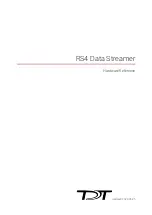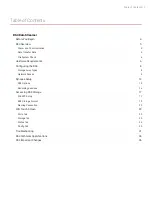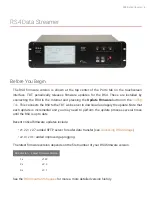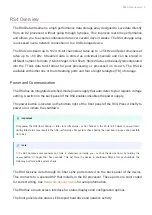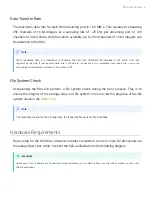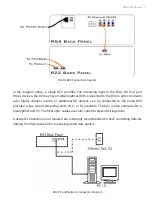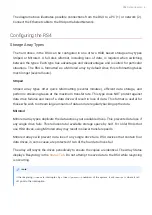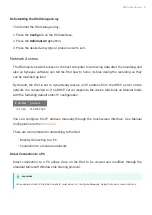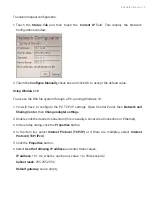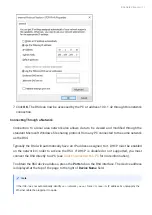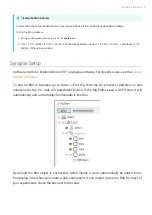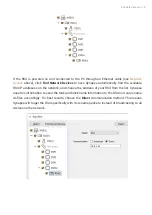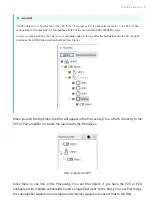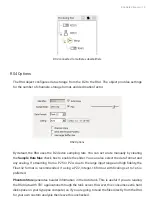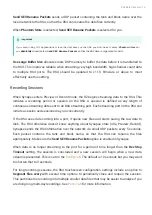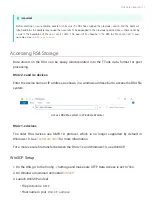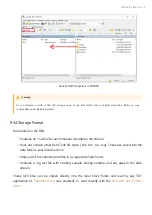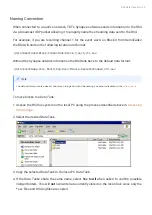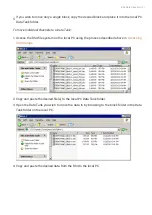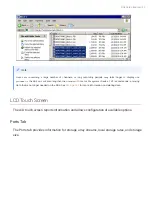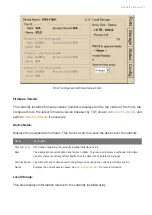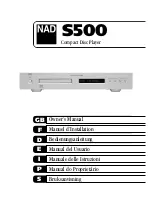
The diagram above illustrates possible connections from the RS4 to a PC (1) or network (2).
Connect the Ethernet cable to the RS4 port labeled Network.
Con
fi
guring the RS4
Storage Array Types
The hard drives in the RS4 can be con
fi
gured in one of two RAID based storage array types
Striped or Mirrored. A full disk reformat, including loss of data, is required when switching
between the types. Each type has advantages and disadvantages and is suited for particular
situations. The RS4 is formatted as a Mirrored array by default since this reformatting takes
much longer (several hours).
Striped
Striped array types offer quick reformatting (several minutes), e
ffi
cient data storage, and
performs streaming tasks at the maximum transfer rate. This type does NOT protect against
data drive failures and loss of a data drive will result in loss of data. This format is useful for
those who wish to stream large amounts of data and are regularly backing up the data.
Mirrored
Mirrored array types duplicate the data across your available drives. This prevents data loss if
any single drive fails. This reduces total available storage space by half. For older RS4s that
use HDD drives, using Mirrored array may result in slower transfer speeds.
Mirrored arrays will prevent data loss if any single drive fails. RS4 devices that contain four
data drives, in some cases, are protected if two of the four data drives fail.
The array will resync the drives periodically to ensure the copies are identical. The Array Status
displays 'Resyncing' in the
. Do not attempt to save data to the RS4 while resyncing
is occurring.
If the resyncing process is interrupted by a loss of power or shutdown of the system, it will resume to where it left
off prior to the interruption.
Note
RS4 Data Streamer | 8

